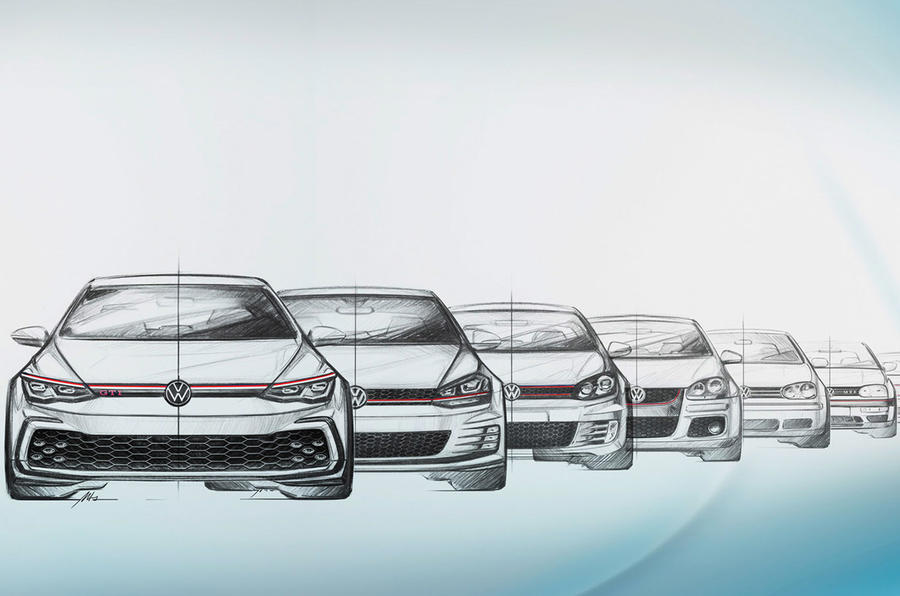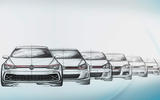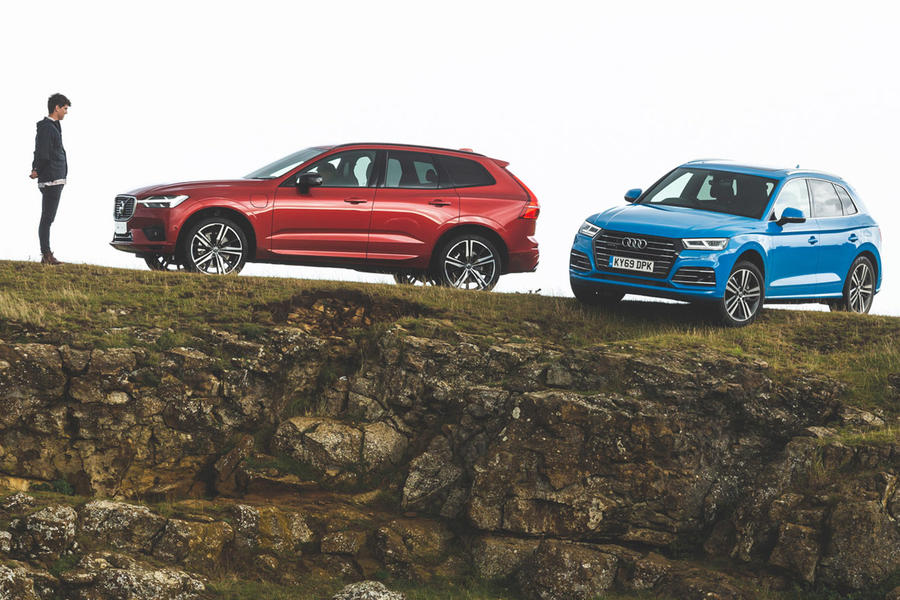Whether it was while squeezing into your garage at home, navigating the tight multi-storey car park at work or risking your alloy wheels on one of those narrow-lane Channel Tunnel train crossings recently, you will almost certainly have noticed how much larger modern cars are than their older equivalents.
Size has become a pressing concern of many keen drivers and Autocar readers, with few topics inspiring such regular correspondence. “How much longer can it go on,” we’re asked, “before the cars we drive are patently too large for the roads we drive on and the spaces we park in?”
It’s reasonable enough to wonder. Today’s Range Rover is more than 200mm wider and 550mm longer, in standard-wheelbase form, than the 1970 original. Today’s Volkswagen Polo is considerably larger than the original Volkswagen Golf. The current BMW 5 Series is wider across the mirrors than BMW’s seminal Rolls-Royce Phantom of 2003.
But the forces that have driven the physical expansion of cars over the past 50 years aren’t immutable; and by our reckoning, there’s every chance that, having witnessed this rapid vehicular growth, we will see a mirror-image contraction over the next few decades – and for a host of reasons.
Here, then, are 10 key things that need to change – and, in many cases, very likely will – before modern cars can be cut back down to the sizes, and the weights, that they ought to be.
Winning the war on safety

This has been one of the key lines trotted out by car makers to justify gains in vehicle size and weight over the past 25 years, as organisations such as Euro NCAP have allowed passive safety to be weaponised as a selling point. Quite clearly, safer cars are better cars; it would be crazy to argue differently. Progress made on this score in recent decades has been in adding passive crash safety to cars, putting in the structural strength and the deformation zones necessary to best protect both passengers and pedestrians in the event of a crash. But the next 20 years will bring a technological revolution in active safety measures to better prevent crashes, which might well make those passive measures (which add weight and size, of course) redundant.







































Join the debate
Add your comment
The increasing width of cars
The increasing width of cars is the biggest problem, but then fitting into narrow European cities doesn't seem to be a major consideration for manufacturers
Maybe cities needs to bring in size rules like Japan has with its Kei cars, not as extreme, but enough to stop the constant size increases.
Indeed why not variable congestion charges according to the size of the car?
light and strong
Suzuki have already mastered the design of keeping weight and size down.
The Swift has more interior room than its conteperaries.
All Suzuki's are made using high strength steel, reducing their weight without sacrificing strength.
Less weight means better fuel economy, better performance.
Do yourselves a favour and ride the silver S.
Smaller better?
A thing you have to consider is, how it looks, this matters, nobody want to travel in a small unattractive little box like car.